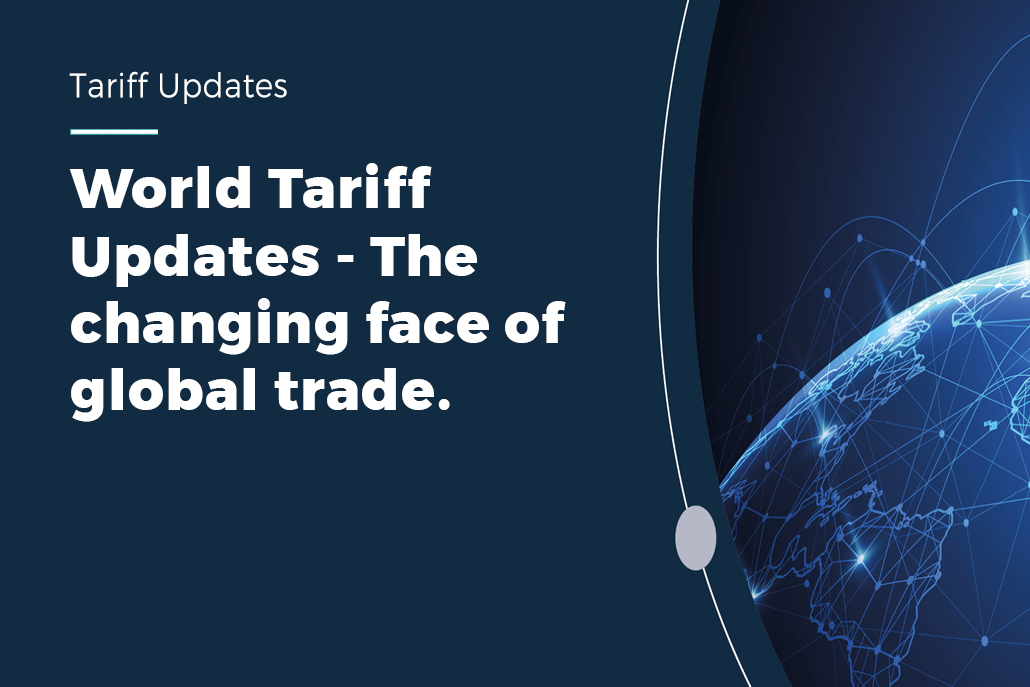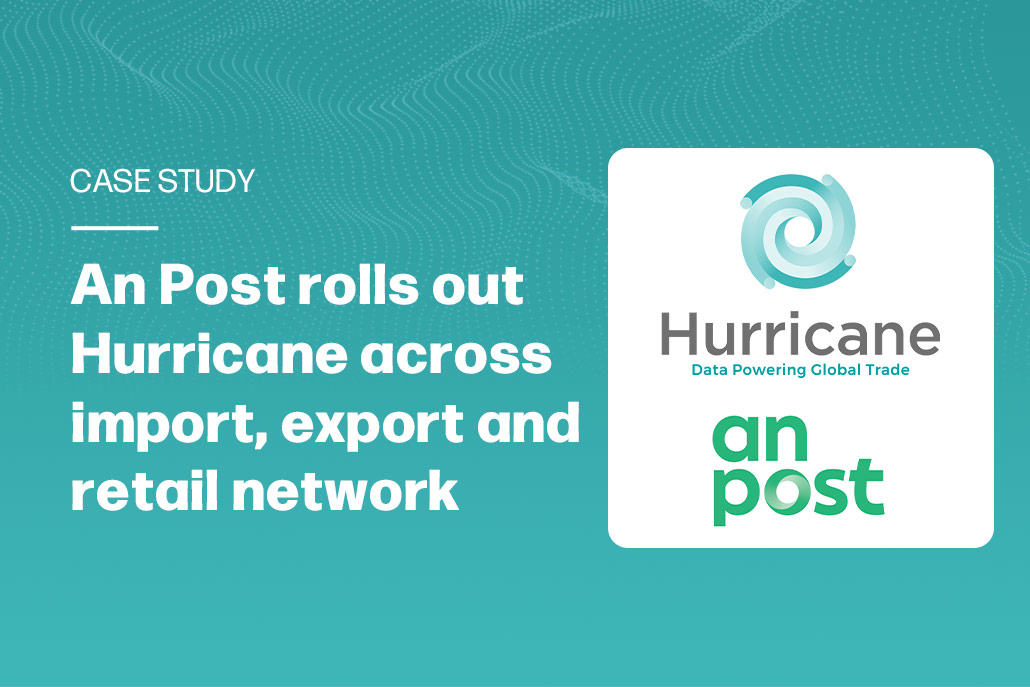Globalisation and the rise of eCommerce have made cross-border trade more accessible than ever. Recent statistics highlight the staggering growth of global e-commerce, emphasising the need for businesses to explore cross-border trade opportunities. In 2022, global e-commerce sales amounted to a remarkable $24.9 trillion, with projections showing a steady upward trajectory. This monumental shift in consumer behaviour underscores the vast potential that cross-border trade holds for businesses worldwide.
While the allure of international markets is evident, delving into cross-border trade can be daunting. It goes beyond just shipping products across borders — it involves intricate processes, regulations, and market nuances that demand careful consideration. Let’s unravel the complexities and understand why cross-border trade is more than just international commerce.
What is Cross-Border Trade?
Cross-border trade refers to the exchange of goods and services between buyers and sellers in different countries. This includes both export and import activities.
Thanks to the internet, many businesses can now easily buy and sell across the globe. As a seller, you can open your products to a worldwide consumer base. And as a buyer, you gain access to unique goods at varying costs.
Online marketplaces, such as Amazon, Alibaba, and eBay, provide platforms for sellers from one country to reach buyers in around the world. Sellers can list their products or services on these platforms, attracting a diverse international audience.
What is the Difference Between International Trade and Cross-Border Trade?
Cross-border trade is a component of international trade, but international trade is broader. While cross-border trade focuses on regional trade between border regions, international trade encompasses trade globally between many countries.
Cross-border trade refers to trade between neighbouring countries that share a border. It involves trade between regions that are close to the border on each side. Cross-border trade tends to be shorter distances and focuses on goods and services that serve local cross-border markets.
International trade refers to trade between countries that are further apart and may not share borders. It involves trade between companies located in different countries and includes imports and exports which are shipped to and from longer distances. International trade is impacted more by tariffs, trade agreements, and other trade policies between international governments.
Benefits of Cross-Border Trading
Cross-border eCommerce offers significant opportunities for businesses to expand their customer base and increase revenue:
Global expansion
Cross-border trade offers businesses the opportunity to expand their operations beyond their domestic market and venture into international markets. This expansion can lead to significant growth and a broader customer base.
It allows businesses to tap into new geographic regions, each with its unique characteristics and consumer preferences. Global expansion is a strategic move that can diversify a company’s revenue streams and reduce reliance on a single market, making the business more resilient to economic fluctuations in any one region.
Increased revenue
The potential for increased revenue is one of the most compelling benefits of cross-border trade. By expanding into new markets, businesses can tap into additional sources of income. Markets with different economic conditions, consumer behaviours, and purchasing power can lead to higher sales volumes and revenue growth. Diversifying revenue streams geographically can also provide stability and consistent growth over time.
Sustainability
Sustainability in cross-border trade encompasses multiple aspects. Firstly, by entering new markets, businesses can diversify their sources of revenue, reducing their vulnerability to economic downturns in their home country. Diversifying your market presence through cross-border trade can help your business weather economic uncertainties.
Secondly, expanding into regions with different economic cycles can help balance the impact of recessions or market fluctuations. When one market experiences a recession, other regions may remain stable or even thrive. Additionally, businesses can choose to engage in sustainable practices by sourcing products or materials from regions where they are produced in an environmentally friendly manner or by adhering to international sustainability standards.
Increased access to end customers
Cross-border trade dramatically expands a business’s reach by providing access to a global customer base. This increased access means that businesses can target and serve customers in regions where there may be higher demand for their products or services. Moreover, it allows businesses to cater to specific niches and demographics that might not exist or be adequately served in their home market.
In some industries, domestic markets can become oversaturated, making it challenging to stand out. Expanding into cross-border trade allows your business to explore less competitive niches and establish a foothold before competitors catch on.
Cross-border trade also allows businesses to build a diverse and loyal customer base across the world. By offering quality products or services and exceptional customer experiences, businesses can attract and retain customers in various regions. Over time, this customer base can become a valuable asset, contributing to ongoing sales, word-of-mouth marketing, and brand advocacy.
Brand awareness
Entering new international markets can enhance brand awareness and recognition. As your business operates in more regions, it gains exposure to diverse audiences who may not have previously been familiar with your brand.
Effective marketing and branding strategies tailored to each market can help increase brand visibility and create a positive brand image. Over time, this can result in a stronger global brand presence and greater customer loyalty.
Selling of niche products globally
In some cases, products or services that have limited demand in a domestic market may find a more receptive audience in international markets. Cross-border trade enables businesses to identify and target regions where niche or specialised products can thrive. It allows businesses to match their offerings with market demand more effectively, potentially turning low-demand products into profitable ventures when marketed to the right audience.
Challenges of cross-border trade
Cross-border trade presents several unique challenges for eCommerce businesses. To overcome these challenges and thrive in international markets, businesses need to employ strategies and solutions tailored to their specific circumstances.
Here are some common cross-border trade challenges and how eCommerce businesses can address them:
Customs, export, transport and import regulations
Navigating customs procedures, import duties, and taxes in different countries can be complex and time-consuming. Failure to comply with these regulations can lead to delays, fines, or even confiscated goods.
eCommerce businesses should invest in customs compliance software or engage with customs brokers who have expertise in international trade. Automated systems can help generate accurate customs documentation and ensure compliance with import regulations. It’s essential to stay updated on the regulations of the countries you are trading with and adapt your processes accordingly. Kona‘s advanced features include automated customs code generation, ensuring your shipments comply with the necessary regulations.
Currency conversion and payment processing
Dealing with multiple currencies and payment methods can lead to confusion and increase the risk of currency exchange rate fluctuations impacting profitability.
Employing a robust payment gateway that supports various currencies and offers competitive exchange rates can simplify international transactions. Additionally, consider offering multiple payment options to cater to the preferences of customers in different regions. Be transparent about currency conversion fees and exchange rate policies to build trust with customers.
Logistics and shipping
Shipping across borders involves logistical challenges, including varying shipping costs, transit times, and tracking reliability. Customer expectations regarding shipping times can also differ widely.
Partnering with reliable international logistics providers who have experience in cross-border eCommerce can help ensure you remain compliant. It’s also important to offer customers clear shipping options, taking care not to hide any fees at checkout. DDP (Delivered Duty Paid) is the best option in this scenario, as it relieves any stress of customs clearance and puts the onus on the seller. This way, buyers know exactly what they’re paying for and aren’t surprised with hidden customs fees when the package arrives in their home country.
Product compliance and standards
Different countries have varying product safety and quality standards. Ensuring your products meet these standards is essential to avoid legal issues and protect your brand’s reputation.
Conduct thorough research on product regulations in your target markets and make any necessary product adjustments to meet local standards. Engage with product testing and certification organisations when required. Clearly communicate compliance information to customers on your website and product packaging.
Taxation and accounting
Managing taxes, including VAT, GST, sales tax, can be intricate when trading across borders. Non-compliance can result in financial penalties.
Leverage accounting and tax software that can automate calculations and compliance reporting for international transactions. Consult with professionals or international experts to ensure your business remains compliant with tax laws in each market.
By addressing these challenges proactively and adapting strategies to the unique characteristics of each international market, eCommerce businesses can successfully navigate the complexities of cross-border trade and unlock the immense potential of global expansion. Collaboration with experts, utilising technology, and maintaining a customer-centric approach are key elements of success in cross-border e-commerce.
Cross-Border eCommerce Trade Made Easy with Hurricane Commerce
Cross-border eCommerce trade is a strategic move that can elevate your business to new heights. Accessing international demand leads to exponential growth which can be challenging within home borders. And with the tools to streamline cross-border operations, global success is within reach even for small ecommerce businesses.
As you embark on your cross-border trading adventure, remember that success lies in knowledge, preparation, and the right tools. With Hurricane’s support, you can unlock the immense potential of cross-border eCommerce trade and take your business to new heights in the global marketplace. Contact us today to find out more about how the Hurricane team can help.














